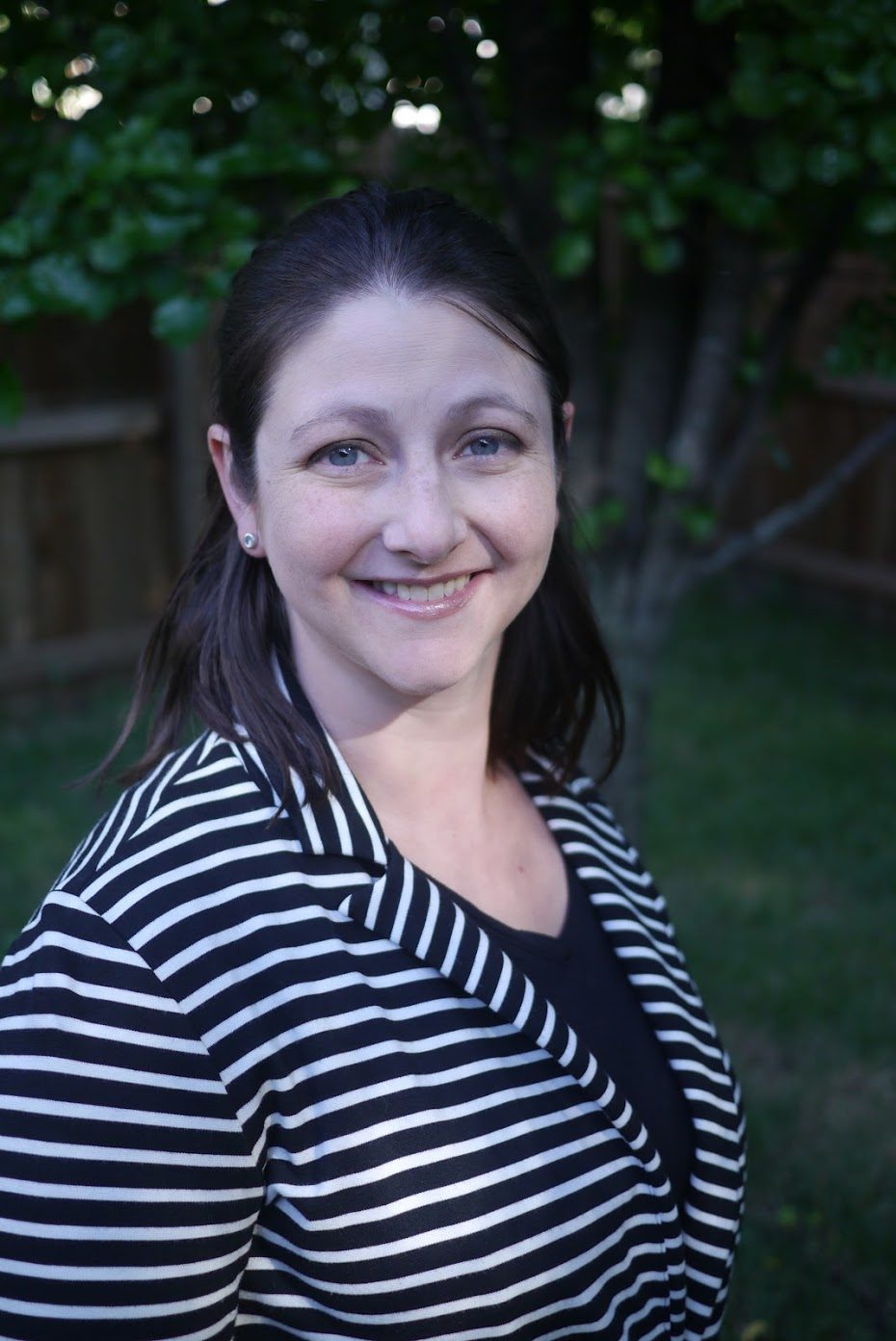Bio
Bethany Gray (Northern Arizona University, 2011) specializes in corpus linguistics, language variation, and language development. Her research focuses on the lexico-grammatical characteristics of language, particularly grammatical complexity and register variation. She has published monographs with Cambridge University Press, Routledge, and John Benjamins. Her research has appeared in journals such as Applied Linguistics, TESOL Quarterly, International Journal of Corpus Linguistics, Journal of English for Academic Purpose, Corpora, Written Communication, and English for Specific Purposes.
Courses I teach
ENGL/LING 2190: Introduction to Linguistics
ENGL/LING 2200: Descriptive English Grammar
ENGL/LING 4370: Grammatical Analysis
ENGL 5170: Corpus Linguistics
ENGL 5270: Discourse Analysis
ENGL 5370: Corpus Approaches to Grammatical Analysis
ENGL 5910G: Python Programming for Corpus Linguistics
ENGL 6300: Seminar in Applied Linguistics – Corpus Linguistics Research Methods
ENGL 6300: Seminar in Applied Linguistics – Corpus Linguistics and Language Teaching
Degrees
PhD Applied Linguistics, Northern Arizona University
MA TESL/Applied Linguistics, Iowa State University
BA Linguistics/English, Iowa State University
Research areas
Corpus linguistics, text analysis, discourse analysis, disciplinary variation in academic writing, L1 and L2 academic writing development, English for Academic Purposes, synchronic and diachronic register variation, English grammar, and grammatical complexity
About my teaching
Every human being uses language for a multitude of purposes and in a variety of situations each and every day. And although we may not consciously recognize it, we change our language to meet the communicative needs of each situation. The courses that I teach here at ISU allow me and my students to think critically about these uses of language. The best part of my job is seeing students notice something about language, make connections to their own lives, and then question and analyze language in a principled, systematic way. In my courses, I enjoy helping students develop a set of analytical skills that they can apply to any linguistic phenomenon that they notice, in order to better understand language and human communication based on authentic, empirical evidence.
How I came to Corpus Linguistics and Discourse Analysis
When I came to Iowa State as an undergraduate student from a small rural Iowa town, I knew I wanted to study language. I majored in linguistics, even though I really didn’t know all that much about it. But as I progressed through the degree, I came to realize that linguistics wasn’t just about learning or teaching languages—it’s also about the systematic analysis of language and how we use it to carry out various functions in society. I was introduced to corpus linguistics (using computers to aid in the analysis of very large collections of authentic language data – a corpus), and it provided the methodology that has enabled me to uncover systematic patterns in language use.
Recent publications
Books
Biber, D., Gray, B., Staples, S., & Egbert, J. (2022). The register-functional approach to grammatical complexity: Theoretical foundation, descriptive research findings, applications. Routledge.
Egbert, J., Biber, D., & Gray, B. (2022). Designing and evaluating language corpora: Towards a practical framework for corpus representativeness. Cambridge University Press.
Biber, D., & Gray, B. (2016). Grammatical Complexity in Academic English: Linguistic Change in Writing. Cambridge: Cambridge University Press.
Gray, B. (2015). Linguistic Variation in Research Articles: When Discipline Tells Only Part of the Story. Amsterdam: John Benjamins.
Articles and chapters
Gray, B., Nuttall, C., & Elliott, T. (forthcoming). Phraseology. In D. Biber & R. Reppen (eds.), Cambridge Handbook of Corpus Linguistics (2nd Edition). Cambridge University Press.
Egbert, J., Gray, B., & Biber, D. (forthcoming). Designing and evaluating corpora for domain representativeness. In M. Mahlberg & G. Brookes (Eds.), Bloomsbury Handbook of Corpus Linguistics.
Gray, B. & Nuttall, C. (2024). Disciplinary discourses and second language research. In M. Prior & B. Paltridge (Eds.), The Routledge Handbook of Second Language Acquisition and Discourse. Routledge.
Larsson, T., Berber Sardinha, T., Gray, B., & Biber, D. (2023). Exploring early L2 writing development through the lens of grammatical complexity. Applied Corpus Linguistics, 3(3), 100077.
Staples, S., Gray, B., Biber, D., & Egbert, J. (2023). Writing trajectories of grammatical complexity at the university: Comparing L1 and L2 English writers in BAWE. Applied Linguistics, 44(1), 46-71.
Gray, B. (2022). What can a corpus tell us about registers and genres? In A. O’Keefe & M. McCarthy (eds.), Routledge Handbook of Corpus Linguistics. Routledge.
Staples, S., Gray, B., Biber, D., & Egbert, J. (2022). Writing trajectories of grammatical complexity at the university: Comparing L1 and L2 English writers in BAWE. Applied Linguistics.
Gray, B. & Biber, D. (2021). Corpus approaches to the study of discourse. In K. Hyland, B. Paltridge, & L. Wong (eds.). Continuum Companion to Discourse Analysis (2nd edition). Continuum.
Goulart, L., Gray, B., Staples, S., Black, A., Shelton, A., Biber, D., Egbert, J., & Wizner, S. (2020). Linguistic perspectives on register. Annual Review of Linguistics, 6, 435-455.
Gray, B., Cotos, E., & Smith, J. (2020). Combining rhetorical move analysis with multi-dimensional analysis: Research writing across disciplines. In U. Römer, V. Cortes, & E. Friginal (eds.), Advances in corpus-based research on academic writing (pp. 138-168). Amsterdam: John Benjamins.
Biber, D., Gray, B., Staples, S., & Egbert, J. (2020). Investigating grammatical complexity in L2 English writing research: Linguistic description versus predictive measurement. Journal of English for Academic Purposes, 46.
Gray, B., Geluso, J., & Nguyen, P. (2019). The longitudinal development of grammatical complexity at the phrasal and clausal levels in spoken and written responses to the TOEFL iBT test. ETS Research Report No. RR-19-45. Princeton, NJ: Educational Testing Service. [27,000 words]
Gray, B. (2019). Tagging and counting linguistic features for multi-dimensional analysis. In T. Berber-Sardinha & M. Veirano (eds.), Multi-dimensional Analysis: Research Methods and Current Issues. Continuum/Bloomsbury.
Current research
I am currently working on several projects related to the grammar of academic writing. One project focuses on uncovering large-scale disciplinary- and sub-register variation in research writing, while another focuses on the development of grammatical complexity by L1 and L2 writers during the university years.

